�
d
r
a
u
g
e
f
a
S
2
Smartphone User Manual
Congratulations on the purchase of your new Windows Mobile™
Smartphone.
Please read before operating your device.
THE DEVICE IS NOT CHARGED WHEN YOU TAKE IT OUT
OF THE BOX.
DO NOT REMOVE THE BATTERY PACK WHEN THE DEVICE
IS CHARGING.
WHEN INSERTING YOUR SIM CARD, MAKE SURE THE
DEVICE IS POWERED OFF, AND THAT THE SIM CARD
SNAPS INTO THE SOCKET.
YOUR WARRANTY IS INVALIDATED IF YOU OPEN OR
TAMPER WITH THE DEVICE’S OUTER CASING. (For more
information, see the enclosed warranty card)
EXPLOSIVE ATMOSPHERES
When in any area with a potentially explosive atmosphere or where
flammable materials exist, the product should be turned off and the user
should obey all signs and instructions. Sparks in such areas could cause
an explosion or fire resulting in bodily injury or even death. Users are
advised not to use the equipment at refueling points such as service or
gas stations. Users are reminded of the need to observe restrictions
on the use of radio equipment in fuel depots, chemical plants or where
blasting operations are in progress. Areas with a potentially explosive
atmosphere are often, but not always, clearly marked. These include
fuelling areas, below deck on boats, fuel or chemical transfer or storage
facilities, and areas where the air contains chemicals or particles, such
as grain, dust, or metal powders.
Smartphone User Manual
3
Contents
Chapter 1 Getting Started 7
1.1 Knowing your phone
1.2 Status indicators
1.3 Setting up your phone
1.4 Accessories
1.5 Navigating
1.6 Entering text and numbers
1.7 Securing your phone
C
o
n
t
e
n
t
s
8
13
14
18
19
23
27
Chapter 2 Using Your Phone 29
2.1 Making a call
2.2 Receiving a call
2.3 Photo Contacts (Caller ID)
2.4 In-call options
2.5 Retrieving a voice mail message
2.6 Reviewing your calls
2.7 Speed Dials and Voice Tags
2.8 Advanced dialing information
30
33
35
43
44
44
46
50
�
Smartphone User Manual
4
Chapter 3 Using Your Camera 53
3.1 Camera mode
3.2 Album mode
54
65
s
t
n
e
t
n
o
C
Chapter 4 Personalizing Your Phone 73
4.1 Customizing phone settings
74
Chapter 5 Getting Connected 83
5.1 Connecting to the Internet
5.2 Pocket Internet Explorer
5.3 Bluetooth
5.4 Modem Link
84
87
89
92
Chapter 6 Messaging Features 93
6.1 Setting up accounts
6.2 Managing accounts
6.3 Creating messages
6.4 Receiving E-mail, and SMS messages
6.5 Viewing message folders
6.6 Managing messaging
6.7 Instant messaging
6.8 MMS messaging
94
96
97
100
104
106
109
113
�
Smartphone User Manual
5
Chapter 7 Synchronizing 123
7.1 Using ActiveSync
7.2 Installing ActiveSync
7.3 Server ActiveSync
7.4 Other information
124
125
126
129
Chapter 8 Applications 131
C
o
n
t
e
n
t
s
8.1 Using Contacts and Beaming
8.2 Using Calendar
8.3 Using Tasks
8.4 Using Voice Notes
8.5 Using Windows Media Player
8.6 Using Calculator
8.7 Games
133
140
143
144
145
149
150
Chapter 9 Maintaining Your Phone 153
9.1 Adding and removing programs
9.2 File Manager
9.3 Task Manager
154
155
162
9.4 Space Maker
164
Appendix and Index 169
�
Smartphone User Manual
6
Regulatory Notices
Troubleshooting
Specifications
Index
s
t
n
e
t
n
o
C
170
179
185
187
�
Chapter 1
Getting Started
1.1 Knowing your phone
1.2 Status indicators
1.3 Setting up your phone
1.4 Accessories
1.5 Navigating
1.6 Entering text and numbers
1.7 Securing your phone
�
g
n
i
t
t
e
G
d
e
t
r
a
t
S
.
1
Smartphone User Manual
8
1.1 Knowing your phone
This section will help you to familiarize yourself with your
phone’s hardware, including a basic introduction to the but-
tons and features found on the top, bottom, front, side and
rear of the phone. A brief explanation of the LED indicator
is also provided.
Top View
Bottom View
1
2
4
5
3
1. Power button
When the phone is turned Off, press and hold the Power
button to turn it On, and vice versa. When the phone is
On, press and quickly release the Power button to display
the Quick List, which allows you to change or lock your
phone’s setting.
2. Infrared port
Allows your phone to receive data from another IR-
compatible device through beaming.
3. Microphone
Speak here when receiving or making a phone call or
voice recording.
4. Earphones plug
Plug the earphones jack here to use the handsfree mode
or listen to sound or multimedia files.
5. Mini USB connector
Attach the mini-USB cable here to synchronize the phone
with your desktop or notebook PC, or charge its battery.
�
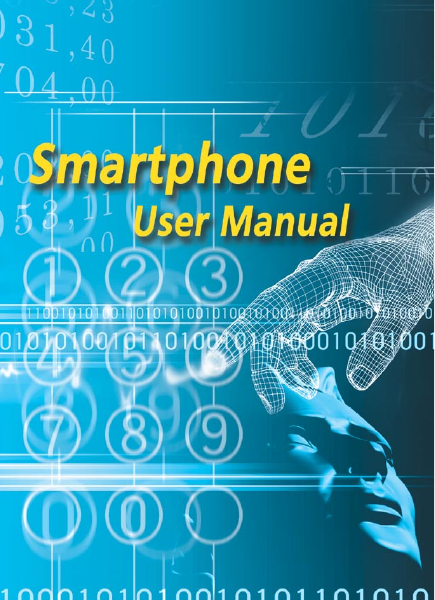
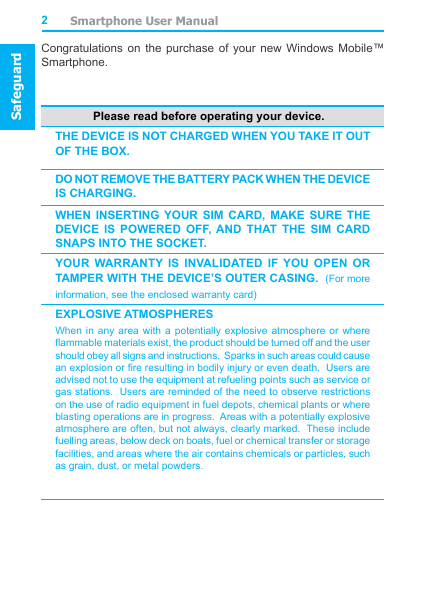
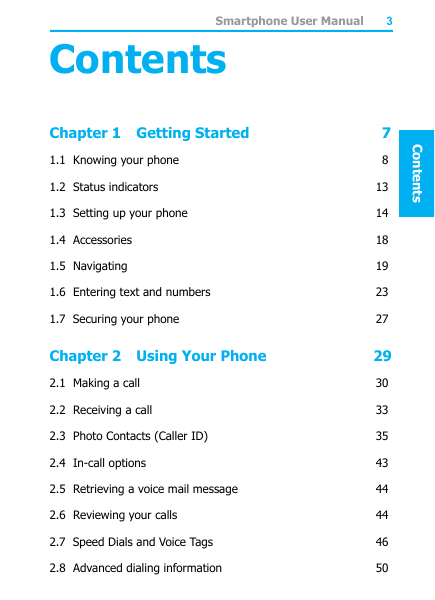
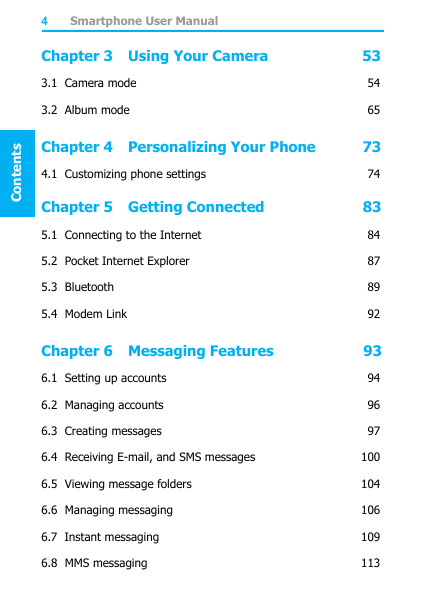
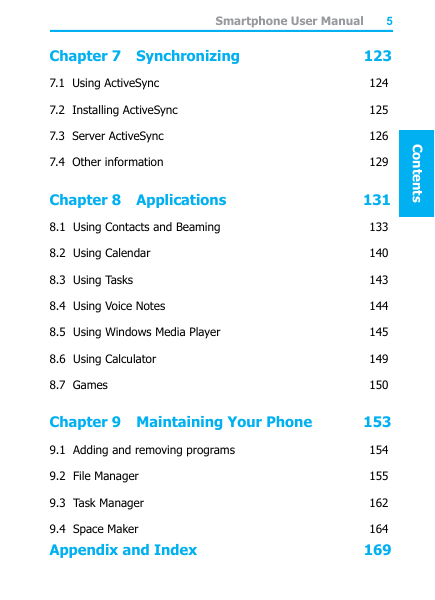
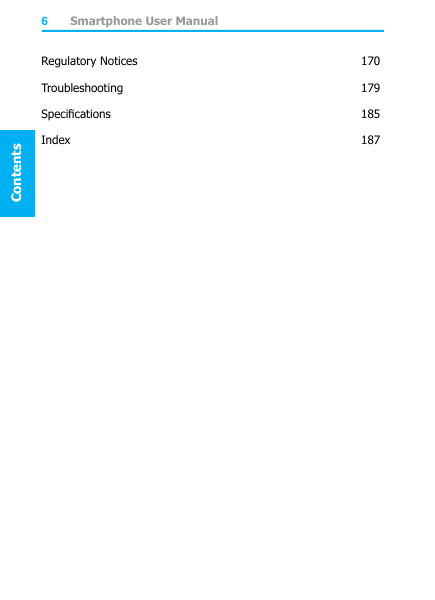
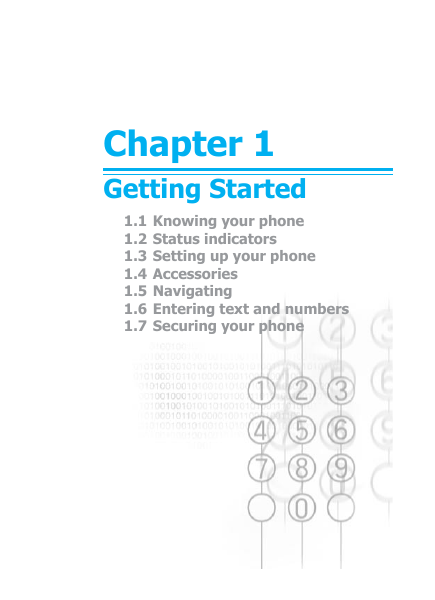
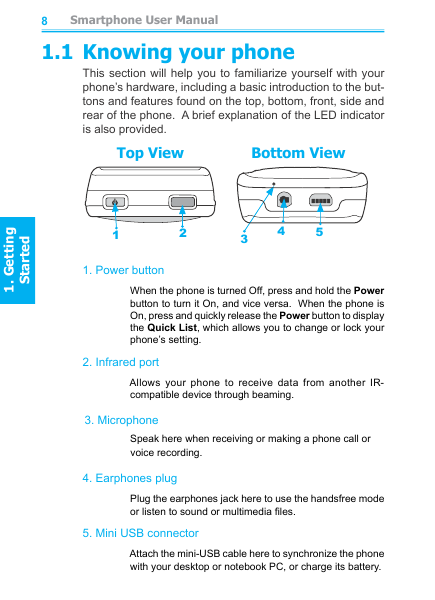








 2023年江西萍乡中考道德与法治真题及答案.doc
2023年江西萍乡中考道德与法治真题及答案.doc 2012年重庆南川中考生物真题及答案.doc
2012年重庆南川中考生物真题及答案.doc 2013年江西师范大学地理学综合及文艺理论基础考研真题.doc
2013年江西师范大学地理学综合及文艺理论基础考研真题.doc 2020年四川甘孜小升初语文真题及答案I卷.doc
2020年四川甘孜小升初语文真题及答案I卷.doc 2020年注册岩土工程师专业基础考试真题及答案.doc
2020年注册岩土工程师专业基础考试真题及答案.doc 2023-2024学年福建省厦门市九年级上学期数学月考试题及答案.doc
2023-2024学年福建省厦门市九年级上学期数学月考试题及答案.doc 2021-2022学年辽宁省沈阳市大东区九年级上学期语文期末试题及答案.doc
2021-2022学年辽宁省沈阳市大东区九年级上学期语文期末试题及答案.doc 2022-2023学年北京东城区初三第一学期物理期末试卷及答案.doc
2022-2023学年北京东城区初三第一学期物理期末试卷及答案.doc 2018上半年江西教师资格初中地理学科知识与教学能力真题及答案.doc
2018上半年江西教师资格初中地理学科知识与教学能力真题及答案.doc 2012年河北国家公务员申论考试真题及答案-省级.doc
2012年河北国家公务员申论考试真题及答案-省级.doc 2020-2021学年江苏省扬州市江都区邵樊片九年级上学期数学第一次质量检测试题及答案.doc
2020-2021学年江苏省扬州市江都区邵樊片九年级上学期数学第一次质量检测试题及答案.doc 2022下半年黑龙江教师资格证中学综合素质真题及答案.doc
2022下半年黑龙江教师资格证中学综合素质真题及答案.doc